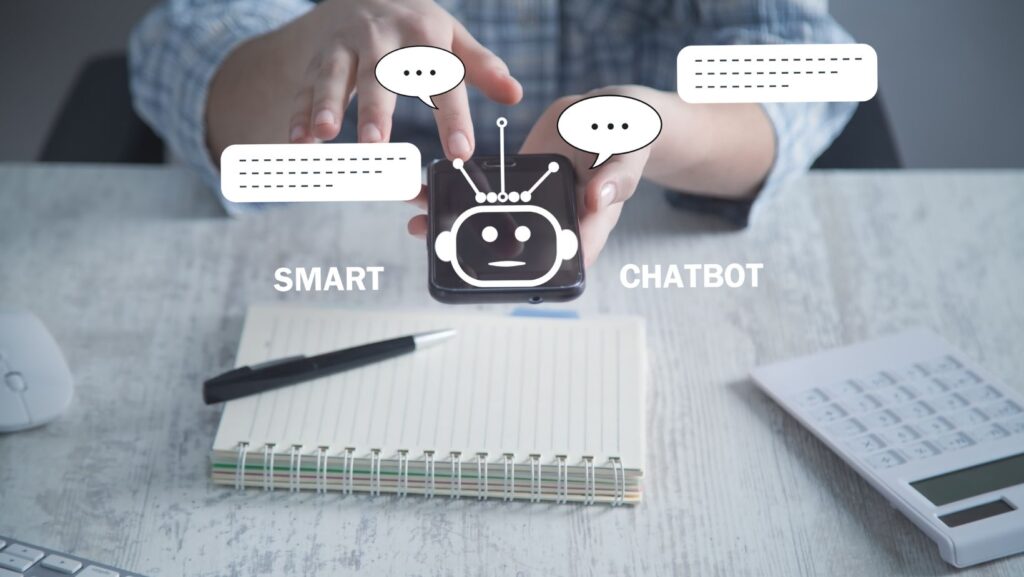Chatbot Programming
Are you curious about AI chatbot programming and how it’s revolutionizing customer service? As an experienced blogger in the tech industry, I’ve delved deep into the world of chatbots and their impact on businesses. In this article, I’ll share my insights on the essentials of chatbot programming and how you can harness its power for your own projects.
From designing conversational flows to integrating AI algorithms, chatbot programming requires a unique set of skills that blend creativity and technical expertise. Join me as I walk you through the fundamentals of building intelligent chatbots that engage users and deliver seamless interactions. Whether you’re a seasoned developer or a novice coder, mastering chatbot programming can open up a world of possibilities in the digital landscape.
Understanding Chatbot Programming
What is Chatbot Programming?
Chatbot programming involves creating algorithms and scripts that enable chatbots to interact with users. It’s about designing and developing the intelligence behind chatbots to understand user inputs and generate relevant responses.
Importance of Chatbot Programming
Developing effective chatbots through programming is crucial for enhancing customer service and streamlining business operations. Chatbots can automate tasks, provide instant support, and improve user experience.
Role of Natural Language Processing (NLP) in Chatbot Programming
Natural Language Processing (NLP) is essential in chatbot programming as it allows chatbots to interpret and respond to natural language inputs from users. By leveraging NLP, chatbots can understand context, detect intent, and provide accurate answers.

Tools for Chatbot Programming
Programming Languages for Chatbot Development
When it comes to chatbot development, there are several programming languages that are commonly used. Python is a popular choice due to its simplicity and versatility. JavaScript is another language often utilized for chatbot programming, especially for web-based chatbots. Java and Ruby are also preferred for developing chatbots with more complex functionalities.
Frameworks for Building Chatbots
Frameworks play a crucial role in building chatbots efficiently. Botpress is a widely-used open-source framework that provides tools to develop, deploy, and manage chatbots. Microsoft Bot Framework offers a comprehensive set of tools and services for building chatbots across different channels. Dialogflow by Google is another powerful framework that enables developers to design and integrate intelligent chatbots.
Integrating Chatbots with APIs
Integrating Chatbots with APIs allows them to access external data and services, improving their functionality. RESTful APIs are commonly used for this purpose due to their flexibility and ease of implementation. Third-party APIs like Google Maps API or Weather API can enhance the capabilities of chatbots by providing real-time information to users.

Best Practices for Chatbot Programming
Designing Conversational Flows
When designing conversational flows, it’s crucial to map out possible user interactions and anticipate various scenarios to create a seamless experience. Utilize tools like flowcharts to visualize the dialogue structure and ensure smooth transitions between responses.
Implementing Personality in Chatbots
To enhance user engagement, I recommend implementing a distinct personality in chatbots. It’s essential to tailor the tone, language, and responses to reflect the brand’s voice and connect with users on a more personal level. This helps in creating a more engaging and human-like interaction.
Testing and Debugging Chatbots
Testing and debugging are critical phases in chatbot development. I advise conducting thorough testing to identify and fix any issues or errors in the chatbot’s functionality. Tools like automated testing frameworks can streamline the testing process and ensure the chatbot performs efficiently across different platforms.
| Phase | Importance |
| Designing | Essential for seamless experience |
| Implementing | Enhances user engagement |
| Testing and Debugging | Critical for functionality |
Developing chatbots involves strategic planning of conversational flows and integrating unique personalities to enhance user engagement. Testing and debugging are crucial phases in ensuring optimal performance on various platforms. By mapping out user interactions and utilizing tools like flowcharts, developers can create seamless transitions within chatbot conversations. Implementing a distinct personality in chatbots not only humanizes the interaction but also fosters a more engaging user experience. Automated testing frameworks play a vital role in conducting thorough testing to guarantee efficient chatbot performance. Embracing these best practices in chatbot programming is key to creating successful and user-friendly chatbot experiences.

